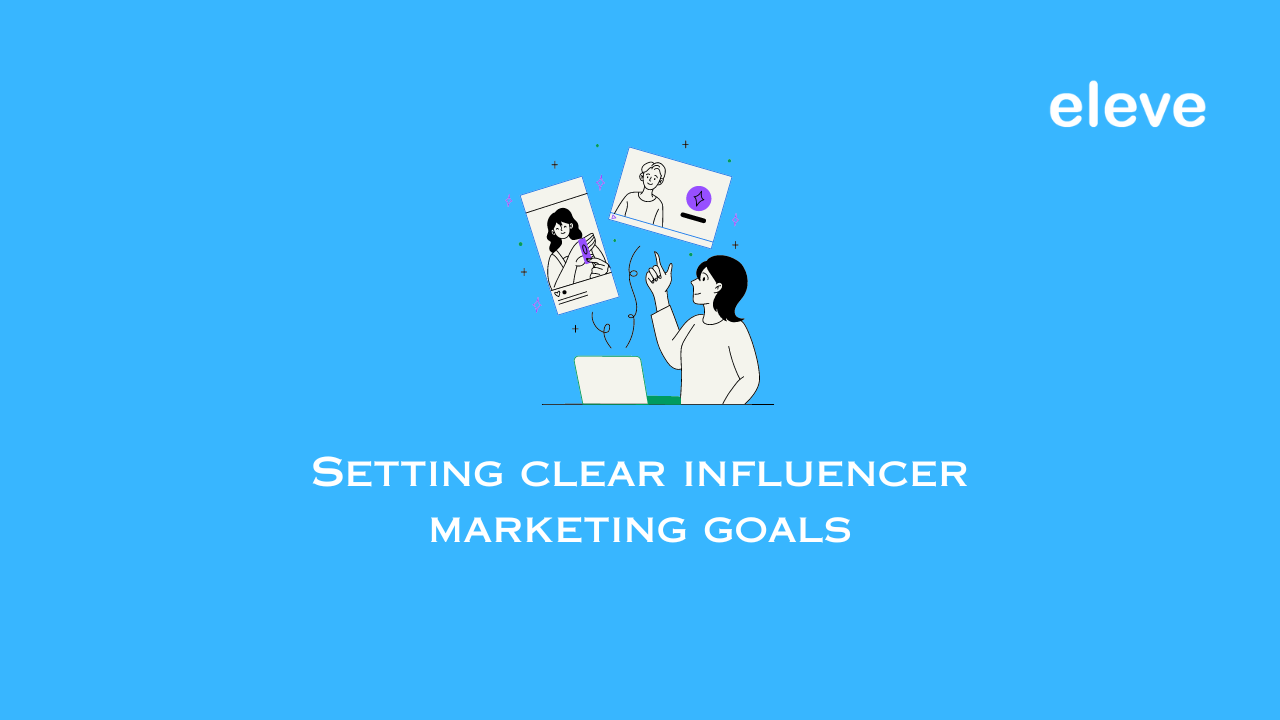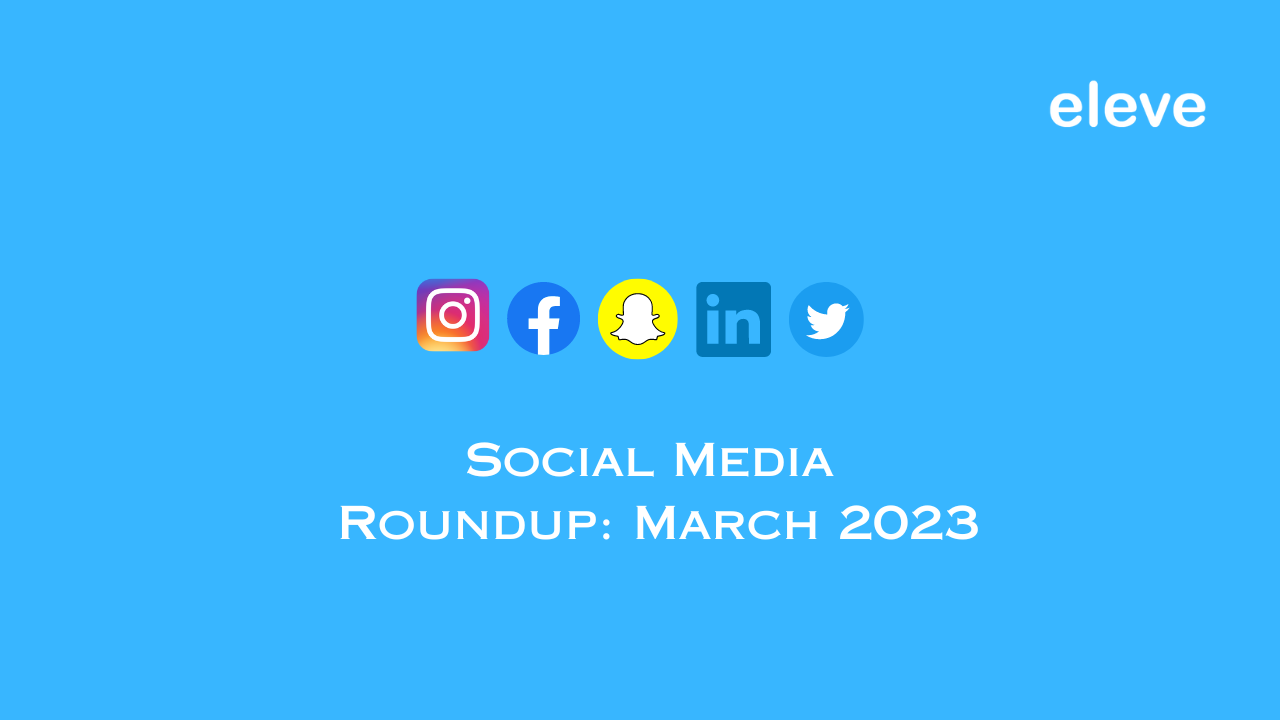Gone are the days when brands used traditional methods of advertising to promote their products. With the big boom of the internet over other mainstream means of media, brands are constantly evolving and revamping their marketing initiatives.
Brands now wish to reach out to their customers in the most contemporary & authentic way possible. Marketers and advertisers have also realized the power of social media on their audience(s) and the liberty it gives them to connect with the users at a more in-depth level.
Influencer marketing is the most attractive and leading method that brands have incorporated into their marketing strategy. Marketers and advertisers know the impact of social media and how most brands – be it a small scale one or a larger brand – have now understood that there are various perks linked to influencer marketing.
Brands have also recognized that connecting to an influencer for the promotion or awareness of a product helps in generating more engagements and, in the long run, helps in larger conversion rates as compared to other forms of marketing.
However, the objective of partnering with different influencers might differ. Some brands would want influencers to generate the highest engagement rates, while some would want them to create brand awareness.
Apart from the mentioned objectives, there could be various other reasons as well, such as a new product launch, revamping of the brand, announcement of a new brand ambassador, etc. Influencer marketing acts as an umbrella under which all the brand associated tasks are successfully covered if the right approaches have been adopted.
While the whole influencer marketing explosion sounds like a perfect action plan for the marketers, the new wave has its own set of challenges for the brands, too.
Some of the challenges faced by the brands while finding high engagement influencers:
– Finding the right set of influencers
The influencer industry has elevated so quickly, and at such a high pace that finding the right kind of influencers for a campaign has become a tedious task for many marketers. Every category of influencers has multiple talented individuals.
It’s understood that the right piece to the puzzle is a hard find. Not only do brands suffer from the dilemma, but even the influencers also face tough times connecting to the brands of their interests and field of expertise.
– Dealing with fake followers
Influencers using fake followers to attract brands have been a long ongoing debate in the industry. Many influencers opt for computer-generated followers to get notified by top industry-leading brands.
It naturally becomes nearly impossible for brands to verify the followers of each appointed influencer. Hence, finding a credible influencer for collaboration becomes a hurdle.
– Analysis and RoI (return on investment)
Brands and agencies invest a huge amount of money in their campaigns and pay an adequate amount to the influencers as well to acquire the desired results. Profit returns are the most valuable factor in the list of brands that are monitored during the campaign as well as after the campaign period comes to an end. Analysis of these campaigns becomes a big challenge for most brands as they usually do not have the appropriate resources to calculate their return on investment.
-High-cost prices
Influencers understand the value brands give to influencer marketing and considering their need, some influencers tend to quote extremely high prices to brands. There could be times when the price range might even exceed the brand budget. Such situations force marketers to look for alternatives that would suit their budgets.
Artificial Intelligence (AI) and Machine Learning (ML) come into play here. Although AI and ML might sound a little complicated as terms, they do simplify the tasks and generate desired results for users.
What are Artificial Intelligence and Machine Learning in Influencer marketing?
Let’s put it this way, if the equation between influencers and brands is a reaction, AI and Machine Learning act as catalysts, which accelerate the reaction rate. In layman terms, Artificial Intelligence and Machine Learning help in collaboration, curation, customization, and cost analysis through computerization. Without a shadow of doubt, in the coming years these technologies will completely take over all industries, including influencer marketing.
The vast field involves various types of software and platforms, which help in dealing with a wide range of brand needs. The platforms are built to simplify the tasks that are usually manually done but help in deriving valuable insights.
The biggest advantage of AI in influencer marketing, which checks all touchpoints, is how convenient and time saving this technology is. Back in the days, marketers relied on analytical reports released by top market research companies or random pdfs on the internet. Not only the task was time-consuming, but the sources were also questionable. With the right tools and the right kind of software, the chances of the above-mentioned problems could be reduced.
How does it work?
Influencer marketing looks like an effortless job, but on the back-hand, a lot is going on. Many elements are monitored for the right strategy to work. With thousands of numbers and abstract data flowing in each day onto a marketer’s desk, it’s impossible to derive essential insights. AI streamlines the task, crushes the numbers, and converts the raw data into useful information. Various tools have been introduced to simplify various factors of the industry. These tools help marketers in:
Connecting with the best possible influencer for the brand
AI algorithms allow brands to connect and find the perfect influencer match. Platforms offer a list of multiple categories of influencers with statistics to give a clear, open ground for the marketers to choose.
Targeting the appropriate audience
A campaign can only be successful when it’s catering to the right audience. Selecting a part of the audience can be tough, but figuring out which platform is appropriate for the target audience is even more exhausting.
Through machines and Artificial Intelligence, marketers get an exact understanding of the masses. It makes the campaign planning process efficient and saves up on a lot of time.
Step-wise analysis of the campaign
- Performance of the ongoing campaign
- Performance of the campaign while it’s about to end
- Performance of the campaign after it’s done
- Calculating the keywords and mentions on all social media platforms
- Comment analysis of users
- Demographic details
Once the campaign is made public, marketers are expected to keep a record of all the activities happening around it. Analyzing mentions & comments is a crucial step as it delivers the verdict of the campaign to the audience. Manually evaluating each keyword, mentions, and comments might not turn out to be the most productive method. The AI software & tools make the calculation process much easier by collecting and compacting data in one place. The platform segregates and customizes the data according to the marketer.
Calculating campaign ROI
AI enables brands to have a transparent breakdown of the return on investment and overall profit generated through the campaign. The chances of mistakes become much fewer through machine-based calculations.
Influencer marketing is one of the fastest-growing industries and it’s probably the only form of marketing that will sustain in the long run. With the expansion of the market, brands need to become aware of the top trends and notions as well. Investing in good sources has now become compulsory if a brand wants to sustain itself in the big competing world. It’s safe to say, AI and Machine Learning will be much advanced and the future of marketing will completely be revolutionized, for good.





